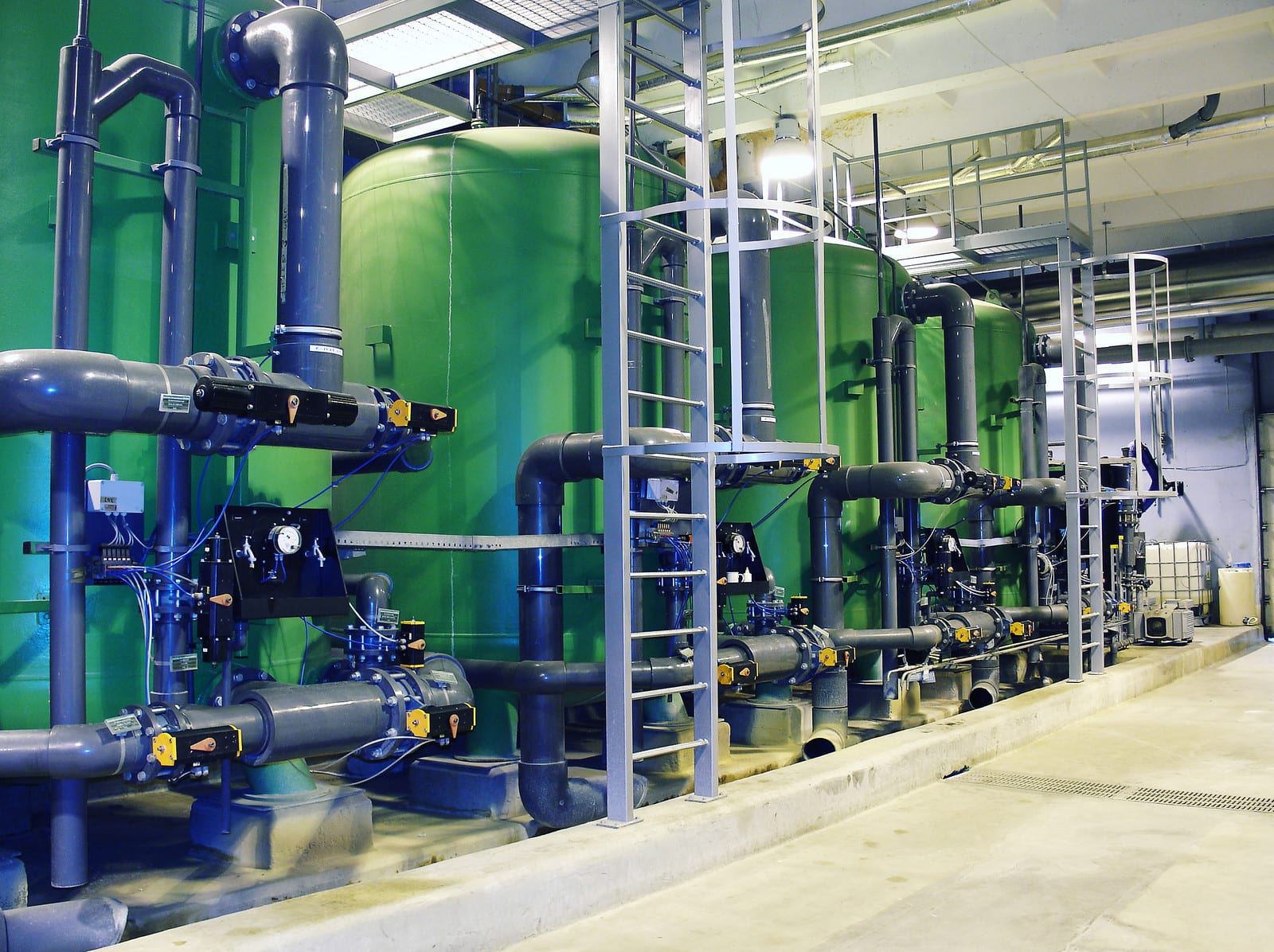An industrial apparatus is made up of various assets and equipment ranging from conveyors to tools, machines, high-end robotics, and various other instruments. One other equipment that is quite rudimental in most industrial environments is a tank.
In the form of totes, receptacles, or containers, tankers not only perform the task of storing fluids but are also needed to maintain proper stock levels and act as temporary depositories for liquids unless they are not required at another location in an industrial setup. Especially in industries like oil & gas, beverage, water, chemical, etc., which depend primarily on their subsequent liquid products, use tanks for even further applications. For example, in the oil and gas sector, huge tank farms and oil depots are developed to facilitate the storage of crude and its by-products until they are needed to be distributed at petrol pumps and gas stations.
Similarly, in a typical manufacturing unit, these tanks along with a robust pipeline network facilitate the movement of liquid products on various stations of a production line in appropriate proportions and at the required time. This helps a facility to boost up its production rate and remove operational inefficiencies.
How IoT Comes into the Picture?
As we discussed above, tanks are quite beneficial in a manufacturing company that produces liquid items. Therefore, these facilities need to monitor the amount of fluid stored in these tanks at all times.
Even if the processes of your company are running smoothly, you can be forced to shut down the line if the tanks run dry. This will result in the idling of workers and expensive maintenance that result will result in lost revenue and wasted expenses. To avert these situations, you and your company need to ensure optimum liquid levels in tanks at all times.
With the help of IoT based tank level monitoring, you can now ensure that the functions of your company are not halted due to inappropriate levels of fluid in tanks. With the help of battery-powered and wirelessly connected sensors installed in the tanks, you can at all times measure the amount of liquid stored in your tanks.
The sensors collect the level reading from the tank and share it to a cloud server through a gateway or concentrator. You with the help of a desktop and mobile supported platform hub can access the live data from remote locations at any time.
Below are some benefits that your company can avail from IoT powered level management of tanks:
Increased Operational Efficiencies
Tanks being a part of a conveyor-driven production line, contribute a lot in the overall efficiency and total production. An industrial IoT ecosystem containing a solution for tank level detection can be used to improve the overall equipment effectiveness and infuse the facility with automation practices.
For example, in a typical industrial setup where a tank filled with coolant facilitate its discharge on the heated part of a machined component, the level monitoring of tank can be used to ensure that the tank does not run out of the lubricant. Operators at all-time will have live data about the level of lubricant and hence prevent the tank from being emptied. This will prevent the softening of the component caused due to heat generated during machining and help in the smooth surface finish without any indentations.
Similarly, this solution can also be used by the water industry to measure the level of water in over-head tanks and prevent overfilling conditions. Hence, IoT allows you to mitigate conditions that may result in shut down the manufacturing line and improve the overall efficiency of the facility.
Alert System to Alleviate Problems Before They Arise
In the example discussed above, you might have identified a flaw. You might be wondering — “What is the benefit of an IoT solution if I need to check my mobile phone for tank level readings?” Well, that’s where the real-time alert system of IoT comes into the picture.
In the first example that we discussed above, the solution can be calibrated to receive alerts about emptying tanks based on pre-determined thresholds and tolerances. Hence, the need to assign an operator for monitoring readings on the platform hub is also eliminated.
Similarly, in the second example, the real-time alert system of the wireless water tank level monitoring can also be used to gain alerts whenever the liquid is about to reach the brim of the tank. Also, through remote and automatic valve control features, available extensively in nowadays water pumps, the water supply can be stopped whenever the tank is filled.
Therefore, you can gain the ability to infuse automation in your facilities’ processes, reduce operational costs, and improve overall working efficiency.
Improved Inventory Planning
When made a part of an entirely IoT-powered supply chain, the level monitoring can also be extended for better inventory management and maintaining stock levels. By analyzing the market needs, product usage, and its actual demand status through different IoT mediums, you can maintain proper stock levels to tackle sudden supply-demand fluctuations. You can hence properly plan your inventory and execute it thoroughly through level management in tanks.
Conclusion
Level monitoring may sound like quite a lame application of IoT. However, when combined and used as a part of a comprehensive IoT solution, it can do wonders in improving the effectiveness of equipment and efficiency of the entire manufacturing facility. Although its applications are also quite prevalent in industries dealing with liquid products, they can also be extended to other fields. It all depends on the goal that a company is trying to accomplish at that too to what extent. The full potential of these solutions are to be explored, however, the possibility of this solution to shine brightly in the time to come is quite conceivable.
water treatment tanks -DepositPhotos


